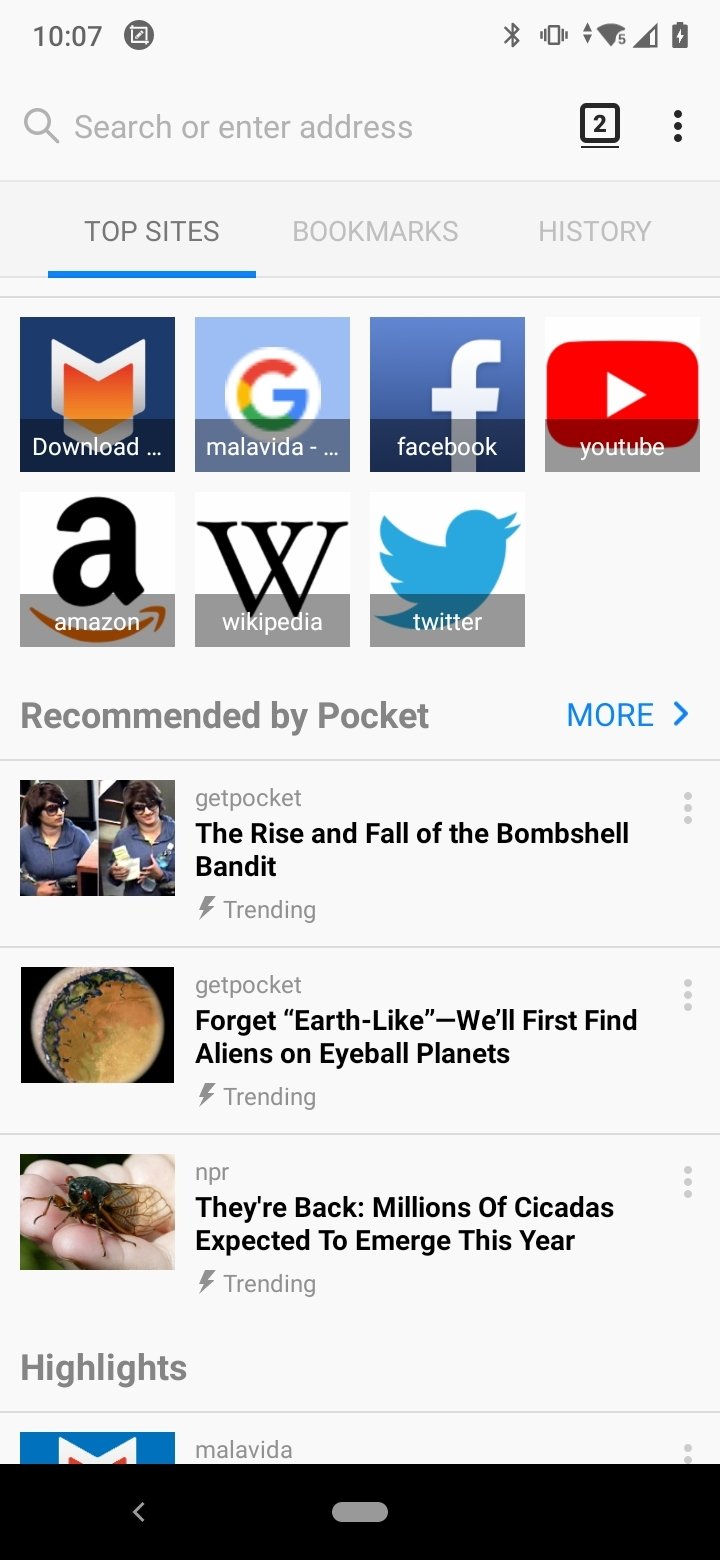“Okay, here is an article about the Firefox APK, written in English, aiming for approximately 1600 words.
Okay, here is an article about the Firefox APK, written in English, aiming for approximately 1600 words.

Exploring the Firefox APK: A Deep Dive into Android’s Open Browser
In the vast landscape of mobile applications, browsers are fundamental tools that connect us to the digital world. While many Android users rely on the pre-installed Chrome browser or download it from the Google Play Store, a significant portion seeks alternatives that offer different features, privacy controls, or simply a different user experience. Among these alternatives, Mozilla Firefox stands out as a long-standing champion of open web standards, user privacy, and customization.
For most users, installing Firefox on Android is as simple as visiting the Google Play Store, searching for "Firefox," and tapping "Install." However, there’s another path to obtaining and managing the Firefox application on an Android device: through its APK file. The term "APK" might sound technical, but it’s essentially the native package format used by Android for distributing and installing mobile applications. Understanding the Firefox APK means understanding how Android apps are packaged and why some users might choose this method over the conventional Play Store route.
This article will take a comprehensive look at the Firefox APK. We will delve into what an APK is, why someone might choose to install Firefox using its APK rather than the Play Store, where to find the official and safe Firefox APK files, how to install them, the features that make Firefox for Android a compelling choice, the advantages and disadvantages of using the APK method, and crucial security considerations. Whether you’re a privacy advocate, a power user seeking more control, or simply curious about how Android apps work under the hood, this exploration of the Firefox APK will provide valuable insights.
What Exactly is an APK? Understanding the Android Package
Before diving specifically into the Firefox APK, it’s essential to grasp what an APK file is in the context of the Android operating system.
APK stands for Android Package Kit (or sometimes Android Application Package). Think of it as the equivalent of a .exe file on Windows, a .dmg file on macOS, or a .deb or .rpm package on Linux distributions. It’s the file format used by Android for the distribution and installation of mobile applications and middleware.
An APK file is essentially a zip archive that contains all the necessary components for an Android application to install and run on a device. This includes:
- Compiled code: The application’s programming code, typically in DEX (Dalvik Executable) format.
- Resources: Assets like images, audio files, XML layouts, and other media used by the app.
- Manifest file (AndroidManifest.xml): This file provides crucial information about the application to the Android system. It declares the app’s package name, version, activities, services, required hardware and software features, and, most importantly, the permissions the app requests (like internet access, storage access, camera access, etc.).
- Certificates: Digital certificates used to sign the APK, verifying the developer’s identity and ensuring the app hasn’t been tampered with since it was signed.
- Other files: Various other configuration and resource files.

When you download an app from the Google Play Store, the Play Store app downloads the APK file (or sometimes a split APK for optimizing size) in the background and then handles the installation process for you. When you manually download an APK file from a website or another source, you are taking on the role of the installer yourself.
Firefox for Android: A Brief Overview
Mozilla Firefox has a long history on the Android platform. It’s known for its commitment to user privacy, its open-source nature, and its robust feature set. Unlike some other mobile browsers that might be based on Chrome’s engine (like Brave, Edge, Vivaldi, etc., which use Chromium), Firefox for Android uses Mozilla’s own GeckoView engine. This provides an independent rendering engine choice for users and contributes to a more diverse web ecosystem.
Key features of Firefox for Android include:

- Enhanced Tracking Protection: Blocks a wide range of common web trackers by default, helping to protect your online activity from being monitored.
- Extensions Support: One of Firefox’s most celebrated features on Android is its support for browser extensions (add-ons), allowing users to customize their browsing experience and enhance privacy and security with tools like ad blockers (uBlock Origin), password managers, and more.
- Mozilla Account Sync: Seamlessly syncs your bookmarks, history, passwords, open tabs, and collections across devices using a free Mozilla account.
- Picture-in-Picture Mode: Allows you to watch videos in a small, floating window while you use other apps.
- Collections: A feature to save, organize, and share groups of tabs.
- Intuitive User Interface: Offers a clean and customizable interface, including the option to place the address bar at the top or bottom of the screen.
- Open Source: The underlying code is open and auditable, fostering trust and allowing community contributions.
These features make Firefox a strong competitor in the mobile browser space, appealing particularly to users who prioritize privacy, customization, and supporting open technologies.
Why Would Someone Seek the Firefox APK?
Given the ease of installing Firefox from the Google Play Store, why would anyone bother looking for and installing the Firefox APK manually? There are several valid reasons:
- Geographical Restrictions: Some apps, including specific versions or features of apps, might not be available in certain countries or regions via the official Play Store due to licensing, regulatory issues, or developer choices. The APK provides a way to bypass these restrictions.
- Accessing Specific Versions: Users might want an older version of Firefox (though this is generally not recommended for security reasons), a brand new beta version before it hits the Play Store, or a nightly build with the absolute latest features (and potential bugs). APKs for these specific channels (Release, Beta, Nightly) are often available directly from Mozilla.
- Avoiding Google Play Services: Some users run Android devices that do not have Google Play Services installed (e.g., custom ROMs, devices sold in certain markets without Google’s license). Installing apps via APK is the primary method for these users.
- Control Over Updates: While the Play Store offers automatic updates, some users prefer manual control. Installing via APK means you decide when and if an update is applied (though keeping browsers updated is crucial for security).
- Privacy Concerns: Users who are highly privacy-conscious might prefer not to use the Google Play Store for downloading apps, as it involves interacting with Google’s infrastructure. Obtaining the APK directly from Mozilla or a trusted third-party repository like F-Droid (which hosts Fennec F-Droid, a privacy-hardened version of Firefox) aligns better with their privacy goals.
- Archiving and Offline Installation: Having the APK file allows users to keep a copy of the installer for offline installation on multiple devices or for future use without needing an internet connection at the time of installation (only for the download itself).
These reasons highlight that seeking the Firefox APK is often driven by specific needs related to access, control, privacy, or device setup, rather than just avoiding the standard installation method.
Where to Find the Official and Safe Firefox APKs
This is arguably the most critical section of this article. While APK files offer flexibility, they also pose significant security risks if not obtained from trusted sources. Downloading APKs from unofficial, random websites is highly discouraged as they can be modified to include malware, spyware, or viruses.
For the official Firefox APKs, the primary and safest source is Mozilla’s own website.
-
Mozilla’s Official Release Page: Mozilla maintains an FTP server and release archive where they host the official APK files for current and past versions of Firefox for Android (and other platforms). The main page to find these is typically linked from their mobile download pages or their release engineering documentation. Look for directories named like
releases,beta, ornightly, and then navigate to the specific version number and theandroidfolder. Inside, you’ll find files likefennec-<version>.apk(Fennec was the original codename for Firefox for Android, and the APK files often retain this naming convention).- Example URL structure (subject to change):
https://ftp.mozilla.org/pub/firefox/releases/orhttps://download.mozilla.org/?product=firefox-android-release&os=android&lang=en-US(this latter URL often redirects to the latest official APK).
- Example URL structure (subject to change):
-
Firefox Beta and Nightly Pages: If you’re looking for pre-release versions, the official Firefox Beta and Firefox Nightly websites often provide direct links to their respective APKs.
-
F-Droid (for Fennec F-Droid/Firefox Focus): F-Droid is a repository of free and open-source software for Android. It builds apps directly from source code, offering a high level of trust. F-Droid hosts "Fennec F-Droid," which is essentially the latest Firefox release build but without any proprietary bits (like location services tied to Google) and built directly by F-Droid maintainers from Mozilla’s source code. They also host Firefox Focus/Klar. If you use F-Droid, this is a very trustworthy source.
Crucial Warning: Avoid websites that simply host APKs of popular apps without being the official developer or a well-known, reputable, open-source repository like F-Droid. Sites promising "free paid apps" or hosting APKs of commercial software are particularly risky. Stick to Mozilla’s official channels or F-Droid for Firefox APKs.
Step-by-Step Guide: Installing a Firefox APK
Installing an APK file manually requires a few more steps than using the Play Store, primarily involving granting permission to install apps from sources other than the Play Store. Here’s a general guide:
Step 1: Download the APK File
- Using your device’s browser, navigate to the official Mozilla source (as discussed above) for the Firefox version you want.
- Tap the link to download the
.apkfile. - Your browser might warn you that this type of file can harm your device. This is a standard warning because APKs can be harmful if from untrusted sources. Since you are downloading from Mozilla, you can typically dismiss this warning and proceed.
- The file will download to your device, usually in the "Downloads" folder.
Step 2: Enable Installation from Unknown Sources
- For security reasons, Android blocks installing apps from sources other than the
